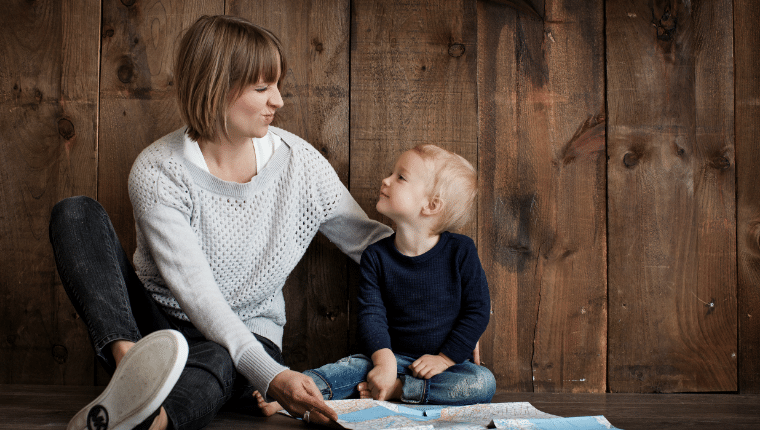The world is changing more rapidly than ever… just consider how much the world has evolved in as little as the past five years. Now, let’s consider the fact that, children entering the education system this year will graduate high school in the year 2037. How radically different will the world be for them as they enter the workforce?
This is a question British author and international advisor on education Sir Ken Robinson posits to the audience in his celebrated 2006 TED Talk, Do Schools Kill Creativity?
In his entertaining and thought-provoking case for creating an education system that nurtures – rather than undermines – creativity, Sir Robinson’s shares his belief that creativity is now as important in education as literacy. And we should treat it with the same status.
“Kids will take a chance. If they don’t know, they’ll have a go. They’re not frightened of being wrong. I don’t mean to say that being wrong is the same thing as being creative, but what we do know is, if you’re not prepared to be wrong, you will never come up with anything original… By the time they get to be adults, most kids have lost that capacity. They have become frightened of being wrong. And we run our companies like this, by the way, we stigmatise mistakes. And we’re now running national education systems where mistakes are the worst thing you can make. And the result is, that we are educating people out of their creative capacities.”
If you haven’t seen the TED Talk already, it’s well worth watching Sir Robinson’s explanation of how the structure of education is shifting beneath our feet – and why we, as educators, need to radically rethink our view of intelligence.
“Picasso once said this, he said that all children are born artists – the problem is to remain an artist as we grow up. I believe this passionately – that we don’t grow into creativity, we grow out of it. Or rather, we get educated out of it.”
As early childhood educators, we have a responsibly to foster and nurture creativity in today’s tamariki. We need to teach them that being wrong isn't bad. Because, if this next generation is not prepared to be wrong, how will they creatively and innovatively navigate the changing world and challenges they face as adults?
Let’s further explore three key ways in which creativity is crucial in early childhood.
Creativity in Early Development
Creativity in early childhood is more than just engaging in artistic activities; it involves thinking outside the box, exploring new ideas, and expressing oneself in unique ways. It’s through creative play, storytelling and imaginative exploration that children develop critical thinking and problem-solving skills. These abilities are foundational to their cognitive development and can influence how they approach challenges in the future.
When children are encouraged to think creatively, they learn to see multiple solutions to a problem, which fosters resilience and adaptability. This mindset is particularly valuable in an ever-evolving world where the ability to innovate and adapt is key to success.
Enhancing Emotional Intelligence
Emotional intelligence is another area where creativity plays a significant role. Through creative activities such as role-playing, drawing and music, children learn to express their emotions and understand the emotions of others. This kind of emotional literacy is crucial for developing empathy, self-awareness and social skills.
Creative activities provide children with a safe space to explore their feelings and communicate them in ways that might be difficult through words alone. This is especially important for young children who may not yet have the verbal skills to articulate complex emotions. By nurturing creativity, educators can help children build a strong emotional foundation that will benefit them throughout their lives.
Creativity and Literacy: A Synergistic Relationship
Rather than viewing creativity and literacy as separate or competing priorities, it’s important to recognise the synergy between the two. Literacy skills can be enhanced through creative approaches, such as storytelling, drama, and interactive reading sessions. When children are allowed to create their own stories, they not only practice language skills but also engage in higher-order thinking, making connections between ideas and concepts.
Integrating creative activities into literacy instruction can make learning more engaging and enjoyable. When children are excited about learning, they are more likely to retain information and develop a lifelong love of reading and writing.
Fostering a Balanced Approach
If we accept Sir Ken Robinson’s view – that creativity is as essential to development as literacy – the challenge for kaiako is to create a balanced learning environment that fosters both. By prioritising creativity alongside literacy (and all other areas of holistic development), educators can help children develop the skills they need to succeed in school and beyond.
At 4E's Consulting, we believe nurturing creativity in early childhood is key to empowering the next generation of thinkers, innovators and leaders. Through our consulting services, we work with educators and service providers to create programmes that inspire and cultivate creativity; ensuring every child has the opportunity to reach their full potential.


